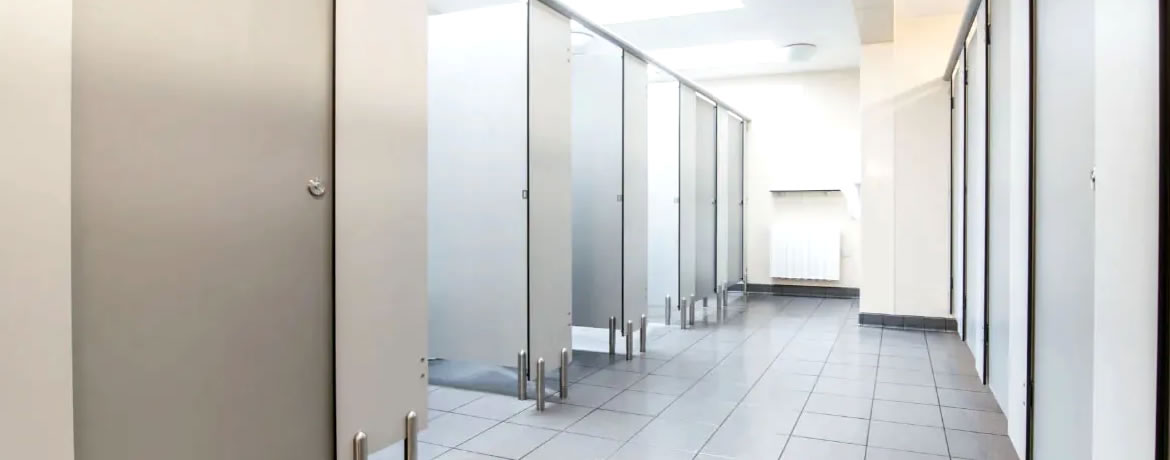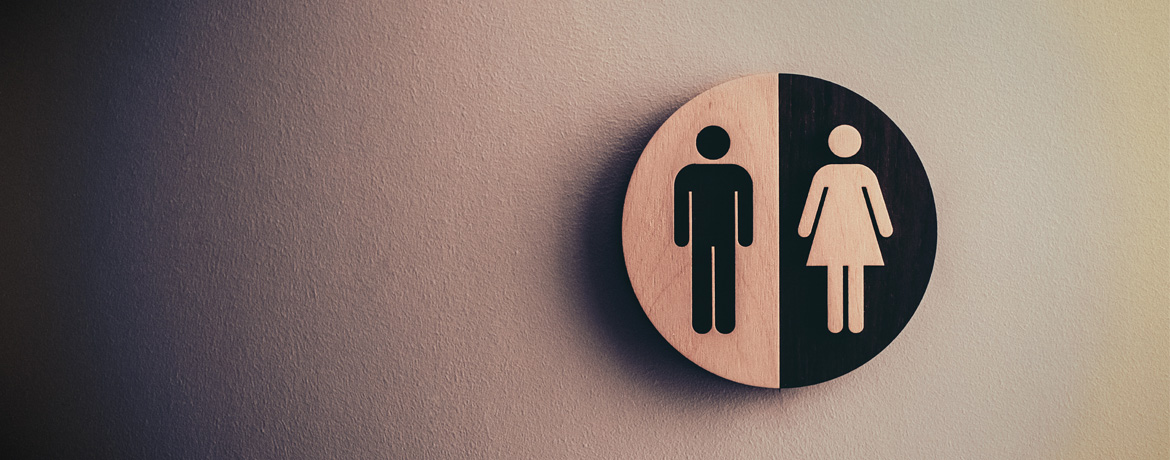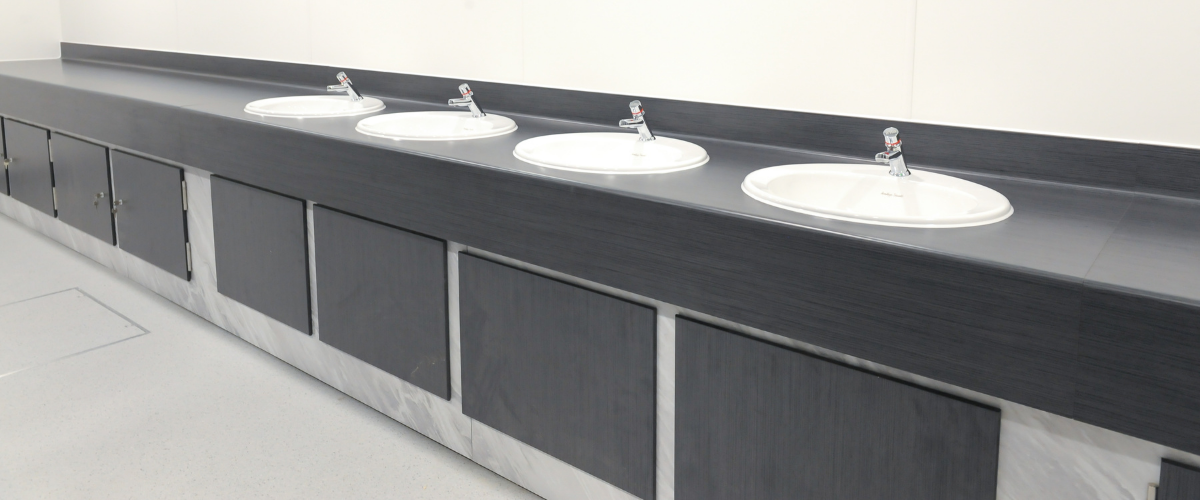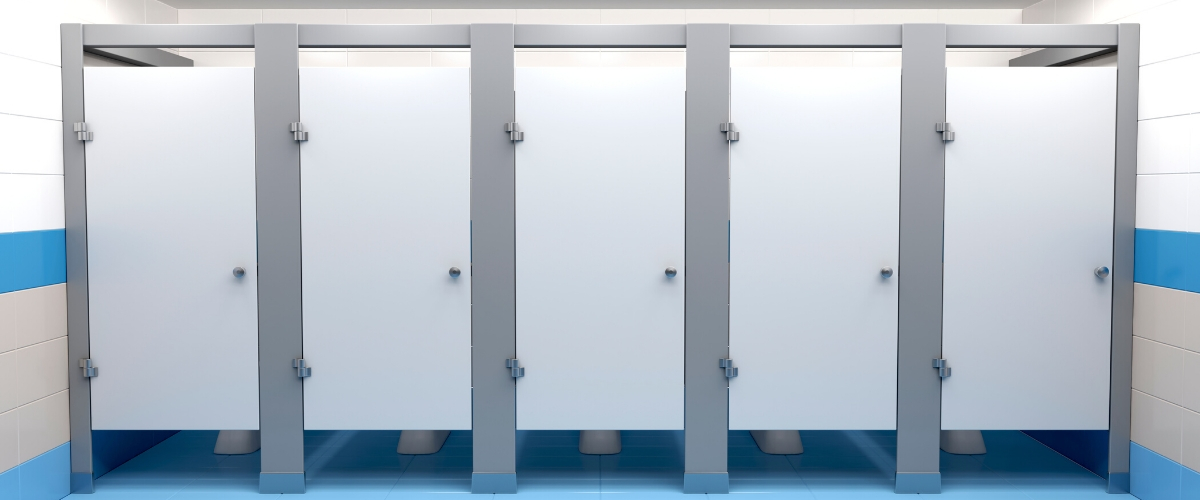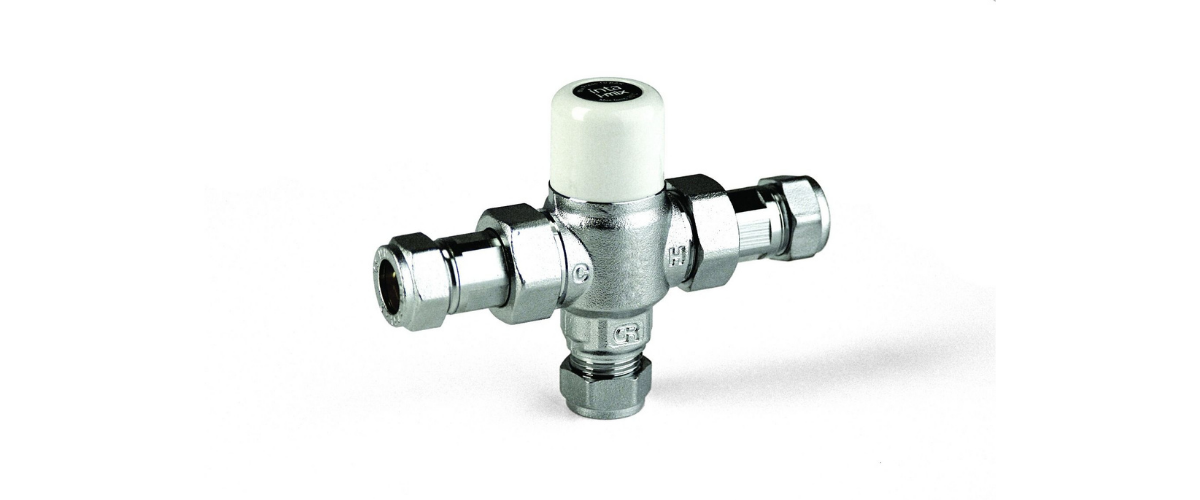How Does A Sensor Tap Work?
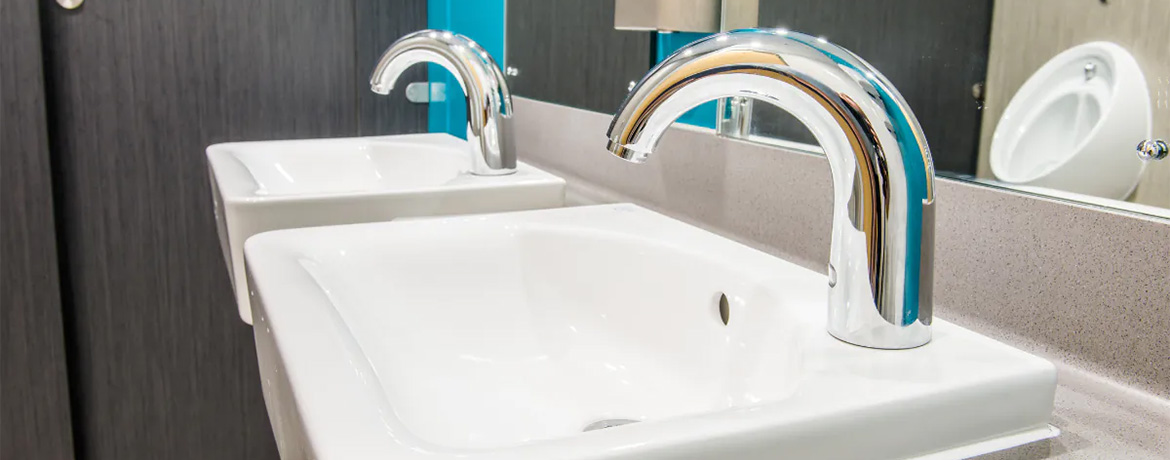
Sensor taps are now some of the most popular options when it comes to water flow, particularly in light of coronavirus. With the unit never having to be physically touched by the user, they are an important step in limiting touch points within the washroom.
Benefits of sensor taps
Because sensor taps remove touch points, they significantly improve hygiene within the washroom and reduce the spread of bacteria from surface to surface. With their no-touch operation, they also suffer less from wear and tear, as well as heavy dirt. Sensor taps also deliver a more intuitive usability to your washroom and can also save water.
How much water does a sensor tap save?
The exact answer on this will depend on a number of factors including water pressure, flow rate of the sensor tap model and the nature in which they are being used. For instance, light hand washing requires much less water compared to someone washing oil or grease from their hands. On average, it’s estimated that sensor taps can cut water usage between 35-50%. A few things are at play here. Not only is it because many sensor taps control the flow of water through them, meaning less water over a duration of time, but the very nature of their operation also leads users to consume less water. When activated, sensor taps emit water for a set period of time. Many users will only reactivate the tap once or twice, which can be a shorter time compared to those turning on a traditional lever tap - often waiting for the water to get warm.




How does a sensor tap work?
Sensor taps are controlled using an infra-red beam emitted from a sensor (usually located on the stem). This beam is broken when hands are placed in front of it, activating water flow. Water then flows for a set period of time before automatically switching off. This does require electricity to operate, but it is very low voltage.
How to repair a sensor tap
There are some simple trouble shooting tips for sensor taps. Often the sensor can be dirty, which can affect operation. Cleaning of the sensor should rectify this. You may also want to check the water pressure leading to your taps, as the solenoid valves require a specific pressure for them to work properly. Additionally, the filter in the thermostatic mixer valve, or the tap itself, could be slightly clogged, which can be removed and cleaned quite simply by an experienced facilities team.
Buying from Commercial Washrooms, you enter into a comprehensive warranty with the sensor tap manufacturers. From Delabie to Franke and beyond, these manufacturers all have dedicated technical support staff that can get to the bottom of any unlikely issues. It’s important not to dismantle the tap when trying to overcome any operational issues as this could void your warranty.
If you’d like further advice on sensor taps, or need help choosing the right model for your business, get in touch with one of the team on 01202 650900
MORE TO EXPLORE IN Related Posts
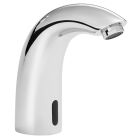
Bristan Infrared Automatic Swan Commercial Tap
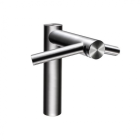
Dyson Airblade Wash+Dry Hand Dryer

Bristan Infrared Automatic Basin Spout

DVS Aquarius Deck Mounted Sensor Tap (A45) No Touch
As low as £280.80 £234.00


